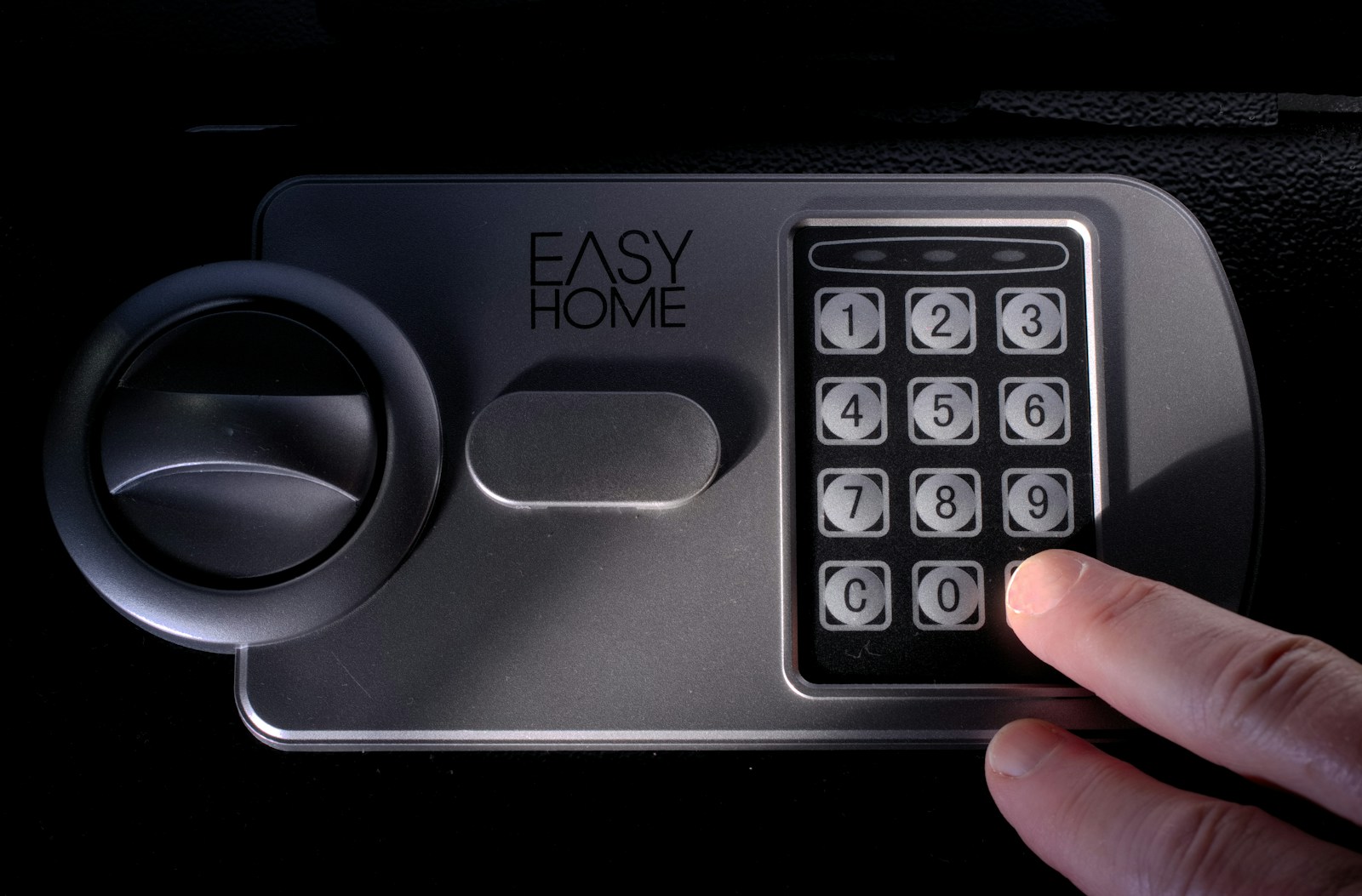When the Shit Show of Disasters Arrives at Your Door
“California’s wildfires have already consumed a record 3.5 million acres across the state, resulting in 26 deaths and the destruction of tens of thousands of structures.” Copyright © Citrop – Eco-Friendly & Sustainable Products
I was supposed to have an article on “Too Much Stuff: The House is Full of Stuff and Things,” but the past and recent fires in California have created a disaster on a scale not seen in a while. Our hearts go out to all the people who lost lives, homes, and personal property.
Thousands of homes were destroyed, burned completely to the ground. All contents of the home are gone unless the owner had the foresight to move their personal property to another safe location. In many cases, the fires swept quickly over an area, giving the owners little time to do anything except flee.
When everything is lost—cars, furniture, photographs, appliances, household items, tools, artwork, collections of all types, hobbies, clothes, and everything else found in a home—just imagine if it was your house and all its contents were lost. If you have insurance, that will provide some relief, but not for everything. Here are some steps you can take to protect your personal property. Always consult with an insurance specialist for up-to-date information relating to your household. There is a lot of misinformation going around, and your broker or agent will be able to help you. This article does not apply to real estate insurance on a building or structure.
Every house has appliances and kitchenware. Depending on their age, you might want to have insurance for replacement costs. If they are 15 years or older, the depreciated value will be very low, and you may not be able to replace them with the insurance amount.
Furniture, antiques, and decorative items that made your home special can cost you a lot of money out of pocket if you had to replace them on your own. Is the extra cost of insurance worth it, or can you live with what the insurance provides?
Clothes, computers, audio equipment, home theaters, toys, and many other items are sometimes overlooked when doing an inventory of household goods.
Jewelry and specialty items are usually covered under a set amount in a policy. If you believe that amount is not sufficient to cover the loss, you will need to purchase extra insurance. Your insurance company might ask for an appraisal report to back up the stated value you want to insure.
An inventory of all your contents would be a wise investment of time. This will allow you to see how much money you have invested, and if everything was lost overnight, would your insurance company provide you with the funds to replace them? Starting with one room and working through all rooms over time will provide you with a complete inventory of everything you own. You will be surprised at the total amount of money you have spent over the years.
If you can, take a slow video of each room with voice-over notes on the items you are filming. This is another way of documenting your contents and proving ownership. If you can’t take a video, take pictures of all items you believe would cost you money to replace.
Some Canadians have high-value items such as fine art, sculptures, wines, museum-quality antiques, jewelry, watches, and other collectibles. Insurance companies will ask you for an appraisal report on these items. The report and on-site examination must be conducted by a qualified and compliant personal property appraiser. The cost of the appraisal is the responsibility of the owner. Having a detailed report will prevent future conflicts between you and the insurance company.
You do not want to overvalue your personal property above its fair market or replacement cost, as this would mean you are paying more for insurance. The opposite is also true; undervaluing your personal property might result in lower insurance costs, but if a loss occurs, you will not be fully covered.
A professional appraisal report by a qualified appraiser might save you from potential issues and conflicts with an insurance company. Think of it as a report of value within a snapshot of time that documents and justifies an item’s worth.
The cost of an appraisal report and on-site examination is the responsibility of the item(s) owner.
DISCLAIMER:
For all matters of insurance, please contact your insurance agent.
We do not buy or sell; we are conflict-of-interest free.
Next Article: “Too Much Stuff: The House is Full of Stuff and Things.” Are There Any Valuables?
About the Author
John H. Grow, ISA-AM, is a partner in the appraisal firm Prestige Evaluation Inc. The firm specializes in antiquities, watches, clocks, jewelry, fine art, and collectibles in general. John works with clients worldwide, museums, corporations, foundations, financial / Insurance firms, and government agencies. He regularly appears on radio and television shows and charity appraisal fairs. A long-time member of the International Society of Appraisers. (ISA) & Canadian Chapter of the ISA. https://www.isa-appraisers.ca/
John has been a volunteer for the past 35 years at the Shriners Hospital for Children (Canada) located in Montreal. https://www.shrinerschildrens.org/en/ locations/canada and he also does pro-bono assignments for various Hospital foundations. He is a founding board member of Orchestre Nouvelle Generations. https://orchestrenouvellegeneration.com
Prestige Evaluation Inc. can be found at http://prestigeevaluations.com and the email is [email protected]





